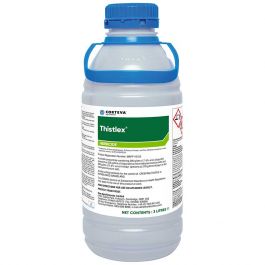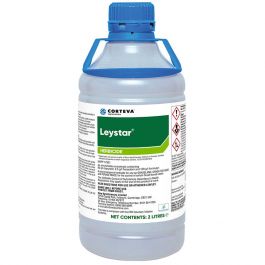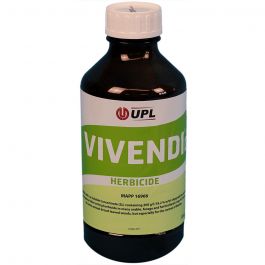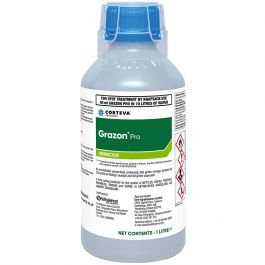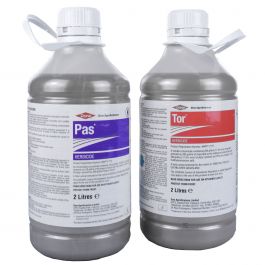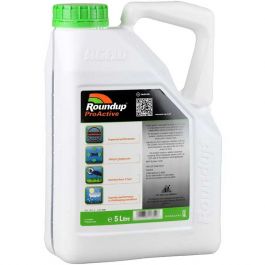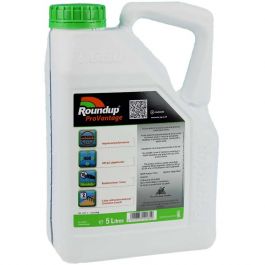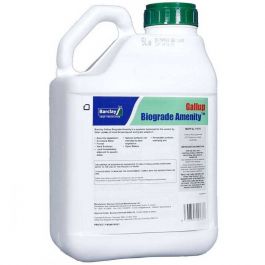How to Control Types of Thistle UK
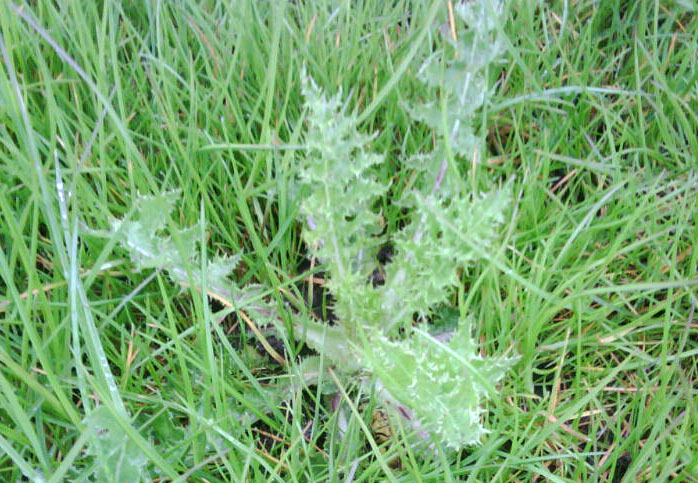
Key facts:
- Areas Affected: Grassland areas, road verges and uncultivated ground
- Types of thistle: Milk, Sow, Spear, Scotch, Creeping thistle
Page Contents:
- What are thistles?
- What types of thistles are found in the UK?
- How to identify thistles
- Thistle weed control treatment
- FAQs

What are thistles?
Thistles are among the most reviled but easily recognisable of weeds. They can easily invade lawns, grassland & paddocks. Many will stand up proudly and most people know the pain of touching or standing on the prickly leaves synonymous with thistle weed. Thistles developed their spiky leaves as a defence mechanism against grazing herbivores and they can quickly swamp a grazing paddock or lawn – out-competing grass and reducing available forage.
WHAT TYPES OF THISTLE ARE FOUND IN THE UK?
There are approximately 14 different species of thistle weed in the UK alone. The best-known among these include Creeping thistle (Cirsium arvense), Spear thistle (Cirsium vulgare) & Marsh thistle. Scotch thistle (Onopordum acanthium), sow thistle (Sonchus spp.) and Milk thistle (Silybum) are less common but visually retain a lot of the same characteristics.
HOW TO IDENTIFY THISTLES?
There are a variety of different types of thistles. Below you will see an image showing Milk, Sow, Spear, Scotch, Marsh and Creeping thistle all differing in the way they look. Thistles produce a variety of different coloured flowers – mostly purple to mauve and even yellow. The flower heads then become fluffy seeds which are adapted to air dispersal.
Milk Thistle
This variation of thistle can grow up to a metre tall and can take up to 2 years to complete the growing cycle. It is most commonly known for its light purple and unique shaped flower (as seen below) along with its spikey leaves.
Sow Thistle
These thistles have a rosette of basal leaves; a leaf that grows low on the stem. From these leaves they send up a flower stalk which produce flowers that look similar to that of a Dandelion.
Spear Thistle
Spear thistles have a single main fleshy taproot - a straight tapering root that grows vertically downwards - and spread via seed or division. Division occurs when the Spear Thistle is removed but there are remnants of roots that remain to regrow. The leaves on this weed are generally a dark green with strong spines. They form a flat rosette on the ground with flower stems growing to around 1.5 metres high. The flowers can range in colour from a pink to a mauve growing on top of small spiny leaves.
Scotch Thistle
Can be identified by its purple flowers along with the thick, spikey hairs on its leaves.
Marsh Thistle
Marsh thistles are enormous flattened plants that prefer… marshes! Any area which is poorly drained, with wet soils is ideal. You'll often find these thistles alongside soft rushes or in this type of environment.
Creeping Thistle
Creeping thistle is the most common type of thistle weed due to its fast growth habit through the creeping spread of rhizomes (thick roots) underground, plus its airborne seed. The rhizomes are very brittle and can regenerate new plants from the smallest piece.

THISTLE WEED CONTROL TREATMENT
Digging/ pulling out thistle weeds can work for new paddocks by decreasing the numbers in a field. However, soft soils after rain are required to complete this and there is still the risk of leaving fragile root fragments behind to re-grow.
Did you know: Thistles are edible and have associated health benefits – especially for the liver but for most people afflicted they will need a reliable, Thistle control treatment.
HOW TO MANAGE THISTLES?
In order to manage thistles the best option is to use a weed killer. This is due to the fact that the weed killer will work its way down to the roots and completely kill the plant, whereas if you tried to pull the weed out by hand, you could run the risk of leaving part of the roots behind which could, in turn, produce a new plant itself. Apply the weed killer with either a knapsack or boom sprayer (depending on the guidance given on the product label) to the point of run off. This will then help the product translocate down to the root, killing the entire plant.
WHAT IS THE BEST WEED KILLER FOR THISTLES?
SELECTIVE HERBICIDE FOR THISTLE CONTROL
Selective herbicides are safe for grass. They can be used in knapsacks (backpacks) or through a tractor mounted sprayer with boom arms. They have a wide m2 coverage per bottle which means they are also economical.
The best selective Thistle weed killers are:
- Thistlex (to be applied through a boom sprayer)
- Vivendi (can be applied through either a knapsack or boom sprayer)
- Grazon Pro (knapsack)
- Pas-Tor (to be applied through a boom sprayer)
TOTAL WEED KILLERS FOR CONTROLLING THISTLES
Alternatively a glyphosate weed killer can be used (this will not be safe for grass) such as:
These will have a good effect on young thistle seedlings and also control other existing weeds. In a paddock, turfed area or lawns you can use a glyphosate for controlling thistles by spot treating using a knapsack or weedwiper – but this process would also kill the surrounding grass. If you prefer to keep turf, grass & grazing the ideal solution for controlling weeds in paddocks, lawns and amenity turf would be to us a selective herbicide.
When spot treating weeds such as thistles in lawns, it is suggested to use a marker dye. This dye is mixed in with your weedkiller and when sprayed will show where you have been. This reduces the risk of over application by showing where you have been. This saves time as well as money.
FAQs
How do I know what type of thistle I have?
In order to know what type of thistle you have you will have to look at the characteristics that the weed possesses as they are all slightly different. In our “How to identify thistles” section it will help you see what differences there are between the plants. If you are still unsure on which type of thistle you have, send a photo to [email protected] and our technical advisors will be able to take a look and identify the weed for you.
Are thistles good for anything?
Thistles do have some benefits to them. The young leaves of sow thistles are high in vitamin C and can be used in salads and the high latex content of the plant has even been used as the base ingredient for chewing gum by the Maoris’ in New Zealand. The seeds of Spear Thistles are great for smaller birds such as finches and their flowers are a very good source of nectar for butterflies.
How do I permanently get rid of thistles?
In order to permanently get rid of thistles it is advised to use a total or selective weed killer depending on the area you are wishing to treat. A total weed killer will kill everything it is applied to whereas a selective weed killer is safe for use on grass and will leave it unharmed whilst tackling the thistles. Once the plants have been treated and died off they can be removed and it advised, if the thistles were in the lawn, to re-seed the affected areas keeping the lawn thick. Alongside this fertilising poor soil will improve the vigour of the soil and increase the turf coverage reducing the thistle’s ability to establish.
What is the best time to control thistles?
Thistles can be controlled throughout the growing season but there are some optimum application timings that will ensure that you achieve excellent results.
Generally the best time to control is in the spring before they have flowered. However if you have missed this timing thistles can still be controlled in late summer / autumn when they are sending nutrients back down to their roots, thus actively taking in herbicide which will in turn kill the plant. Spraying at this time not only controls the thistles that are present but also any new thistle seedlings.
For instance creeping thistles are best controlled when they are actively growing but before the flowering spikes get too long, which is around 15 cm / 6 inches tall. If you are using Grazon Pro to control creeping thistle you can also use it when the plant is flowering or seeding but bear in mind that the level of control will be reduced.

